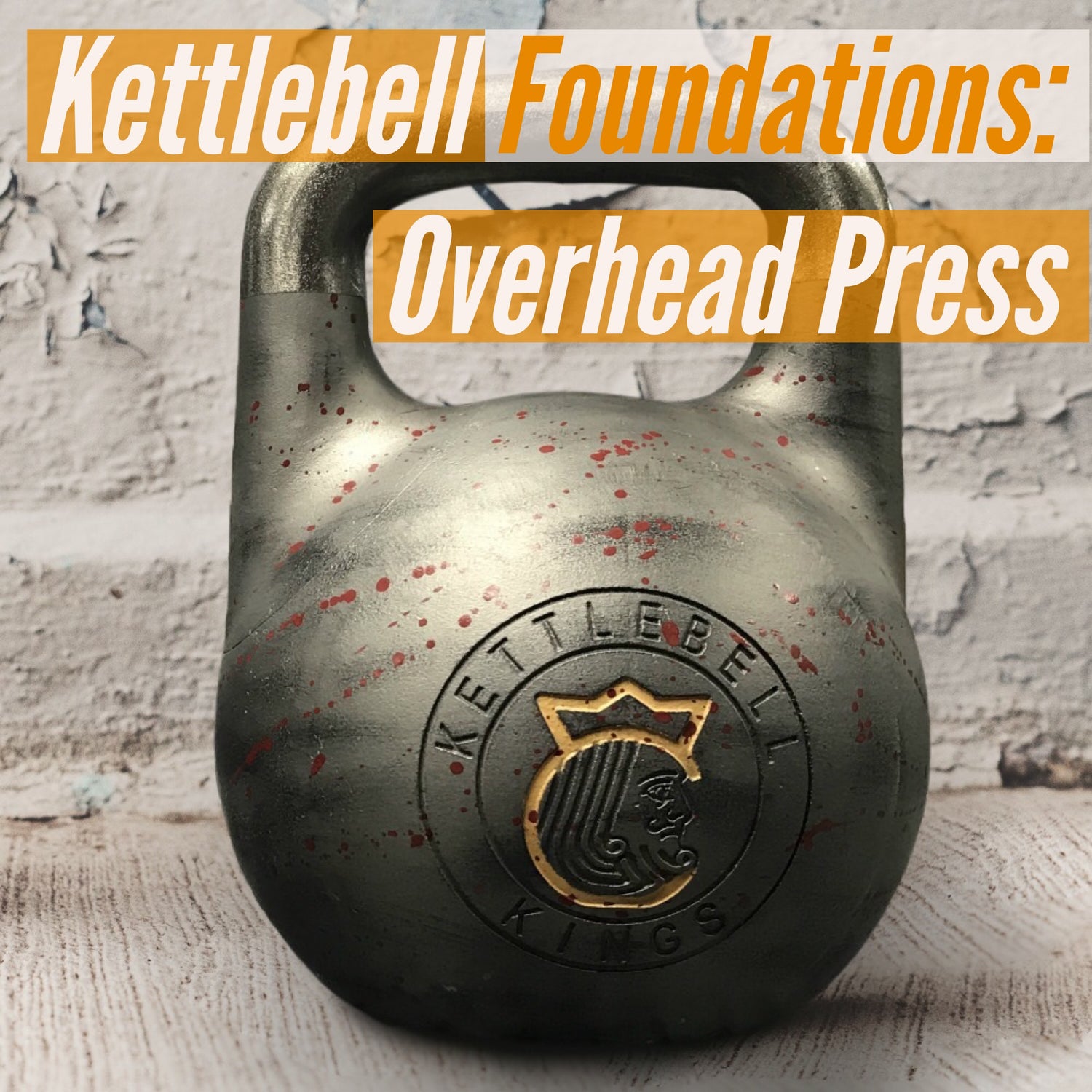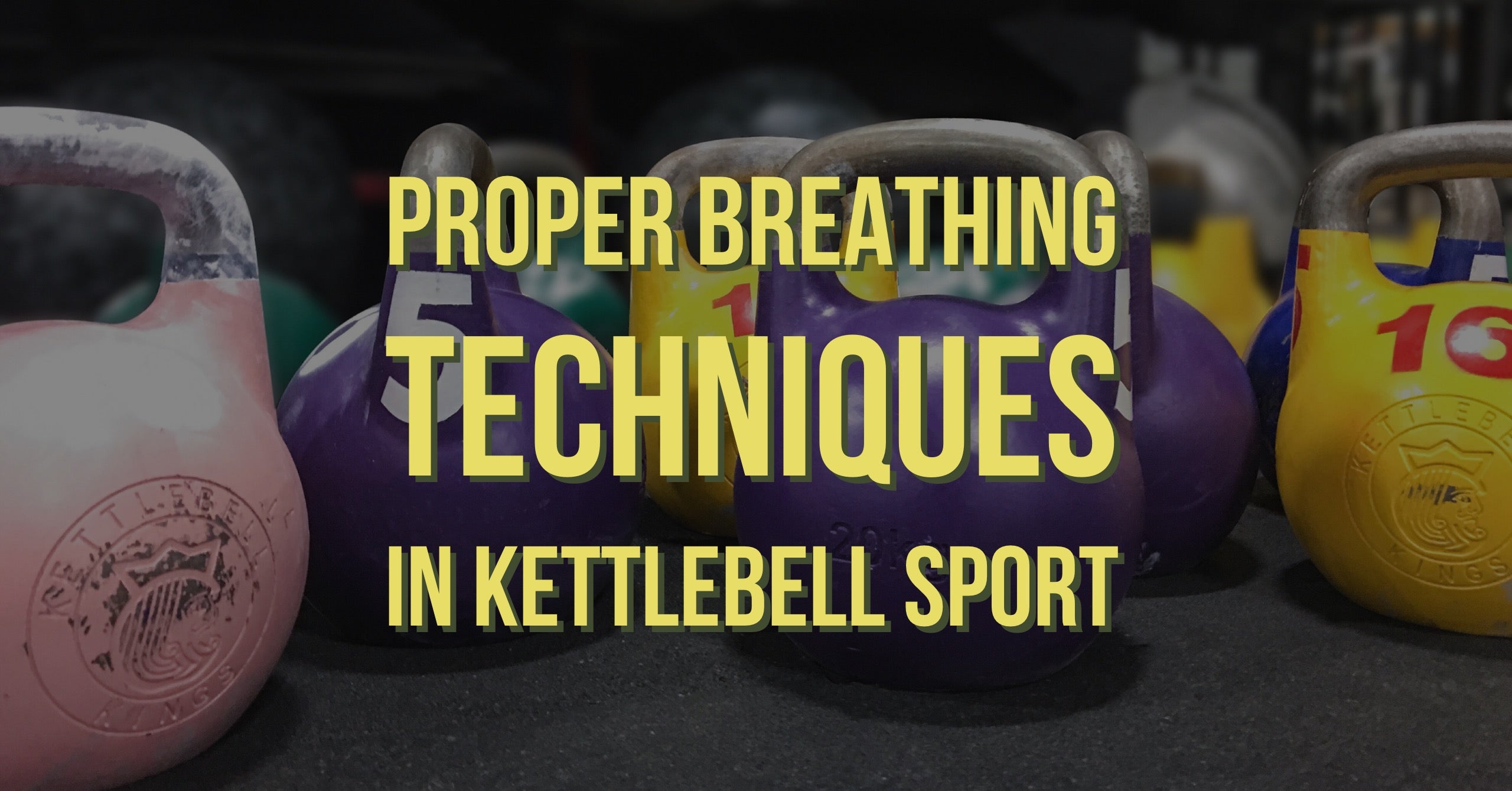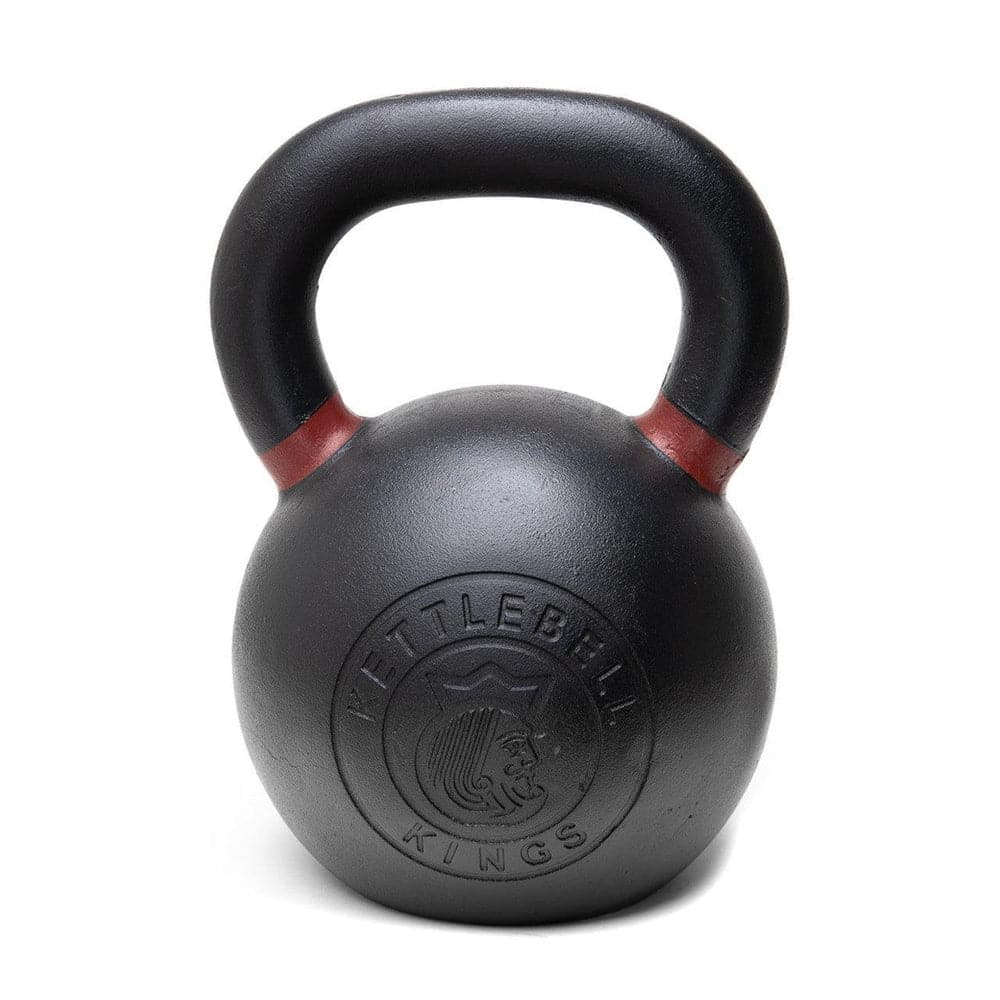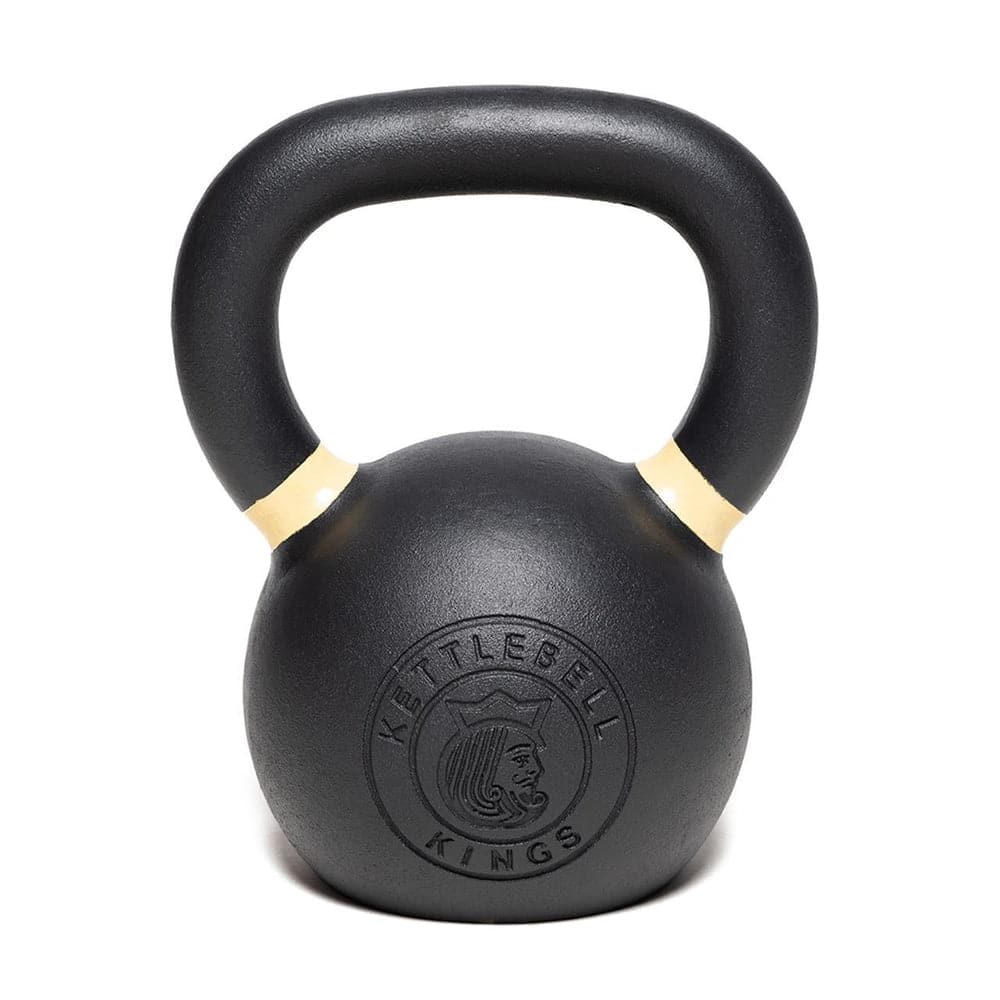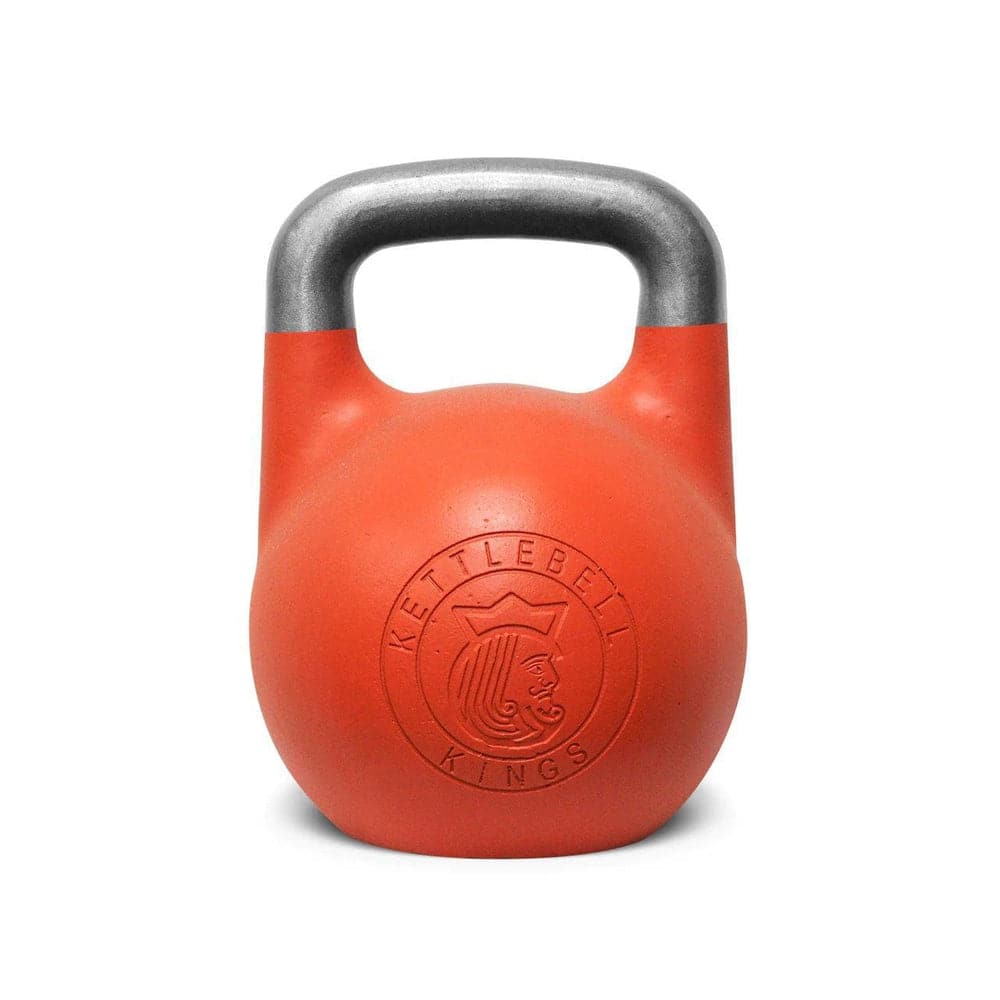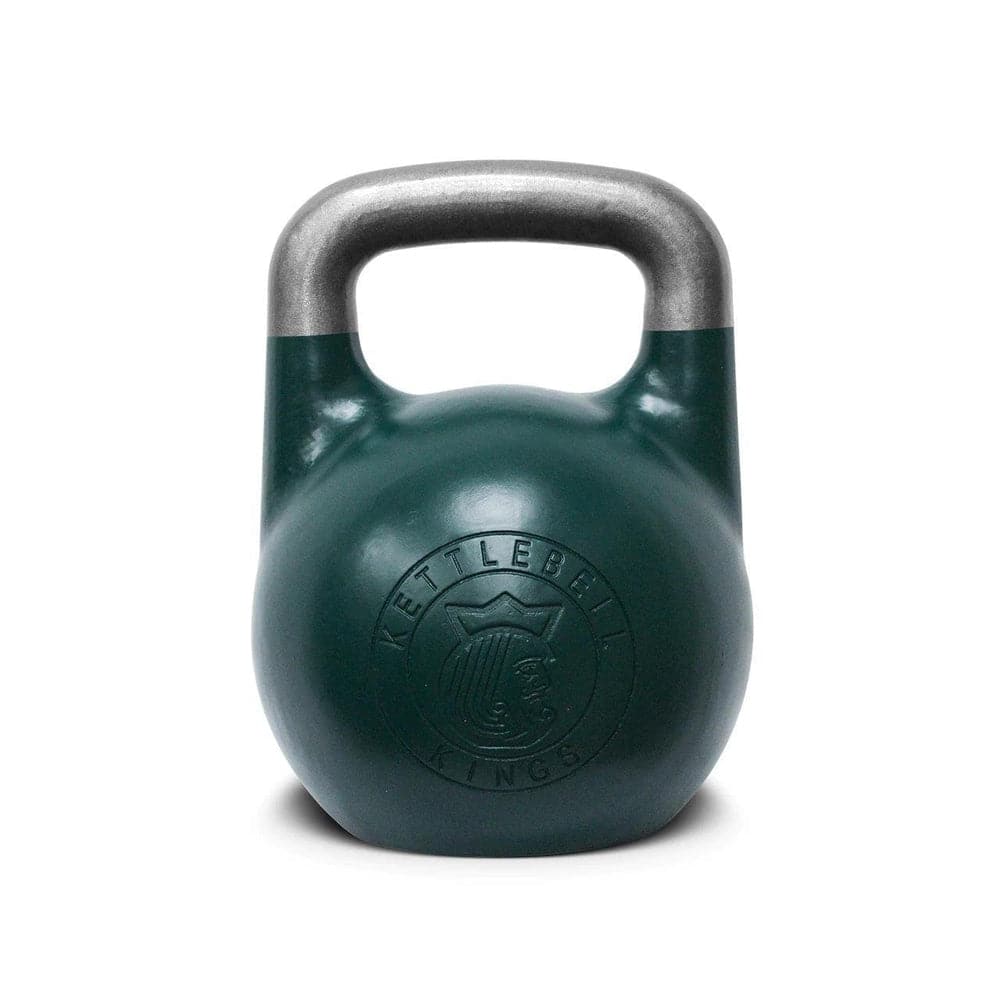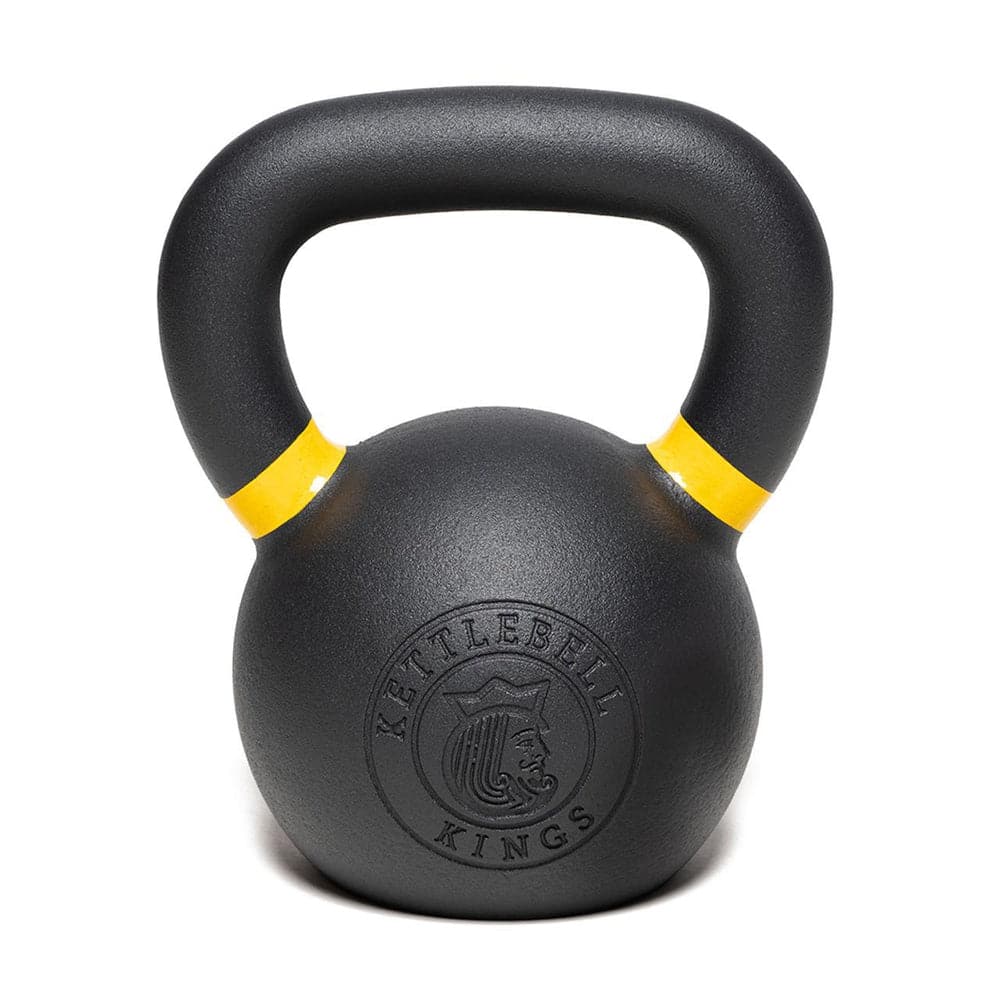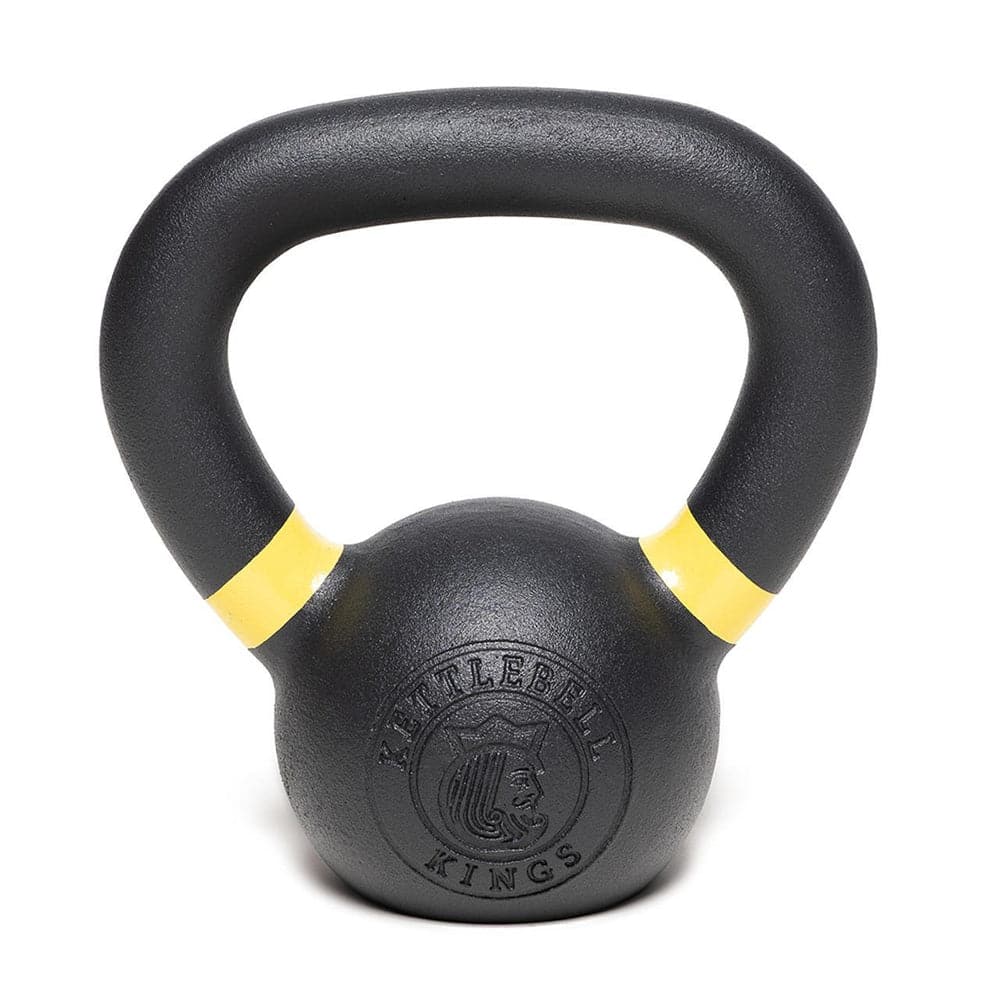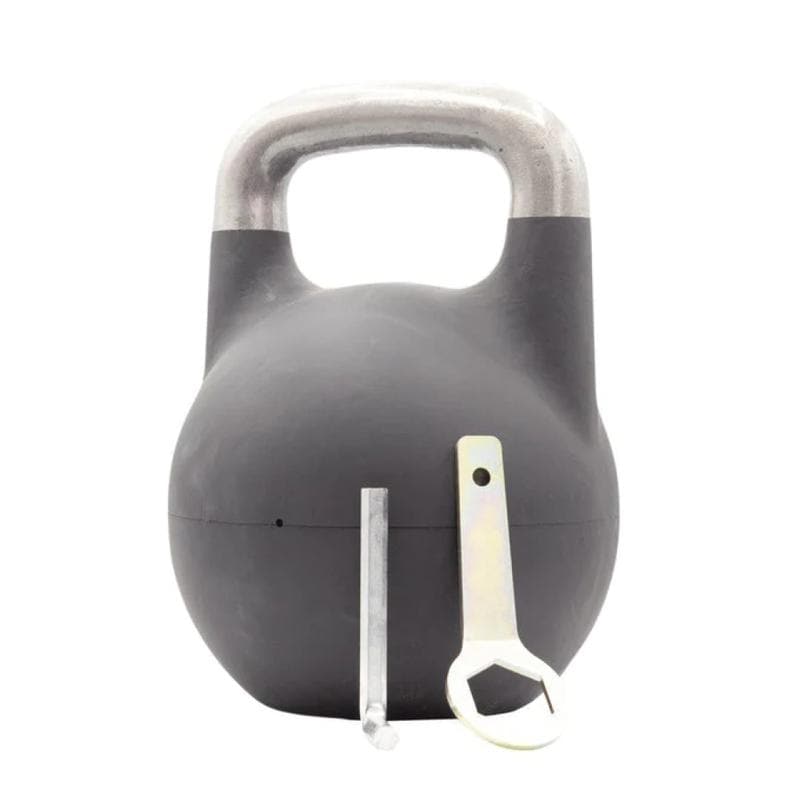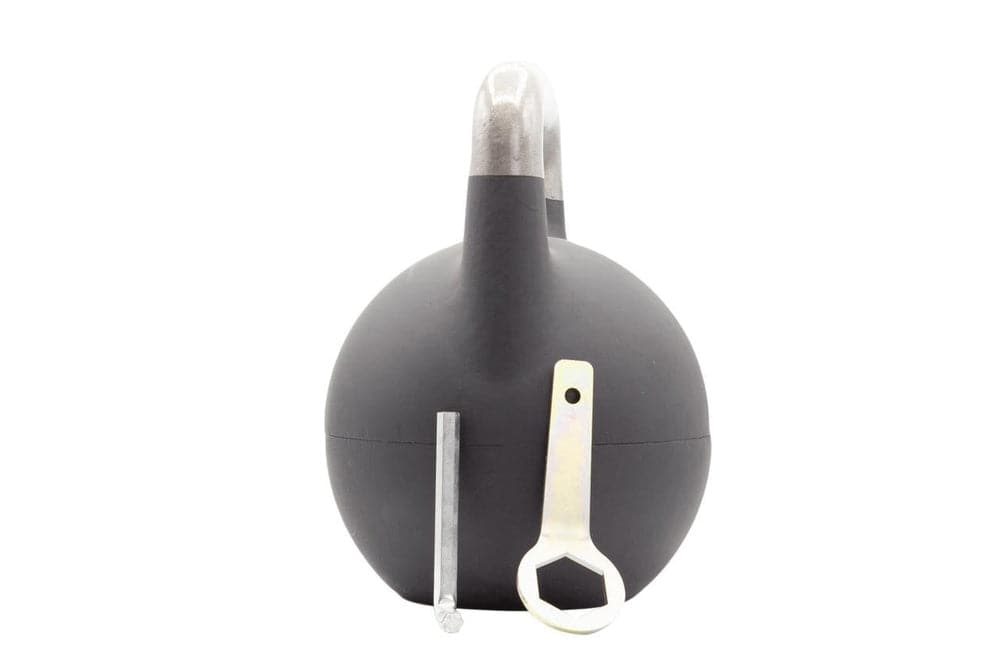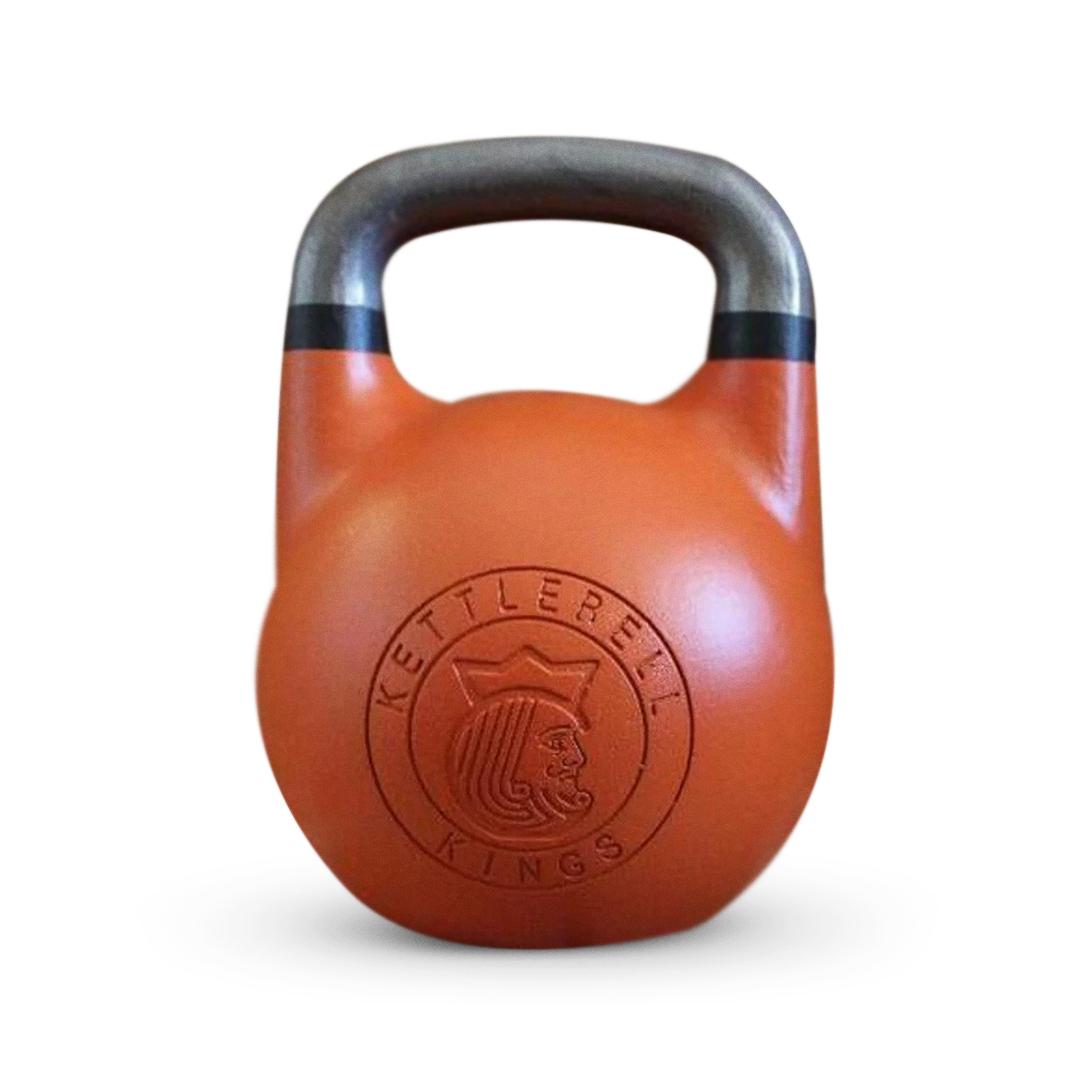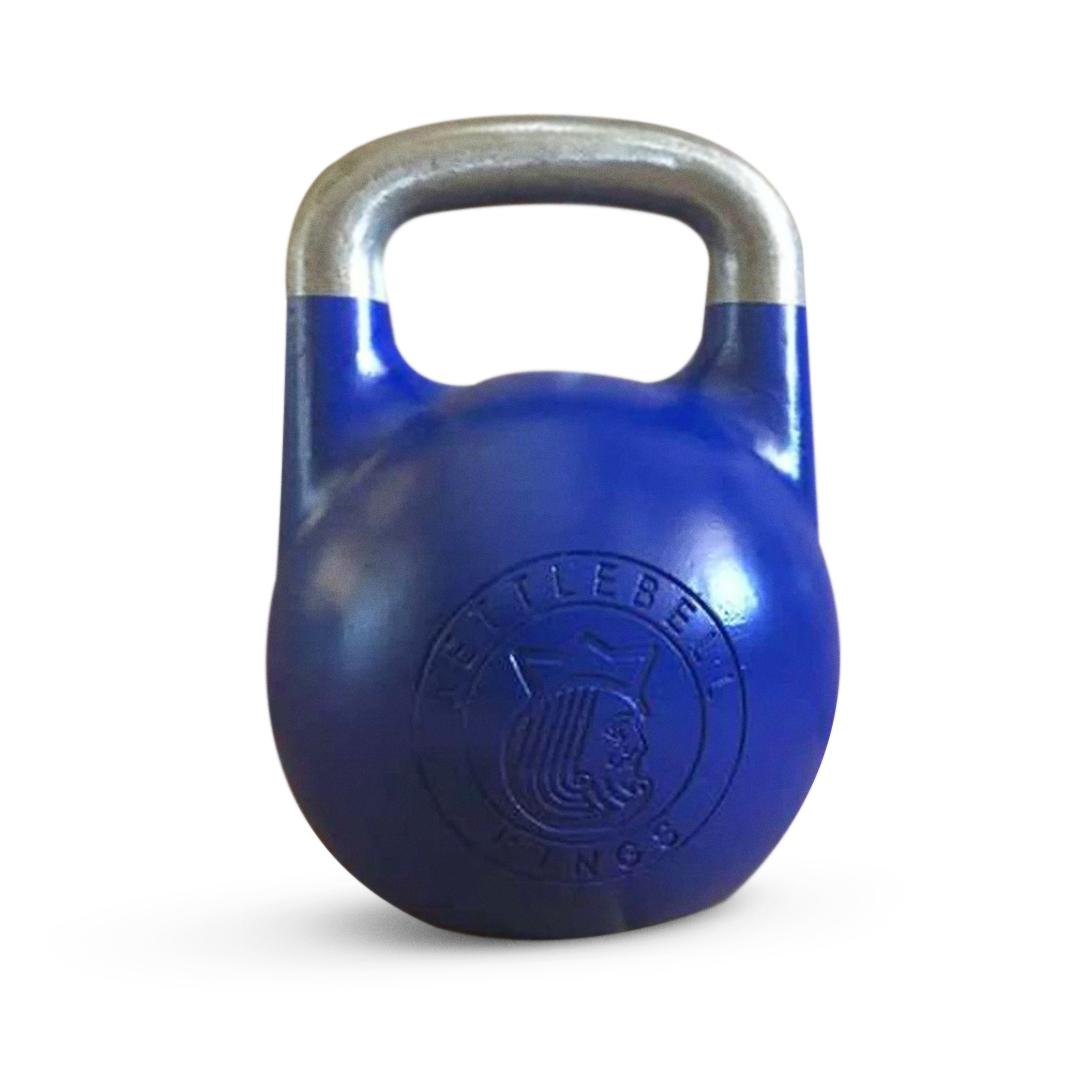By Doug Fioranelli
Let’s shift gears in our Hardstyle Kettlebell Series pivoting from our dynamic kettlebell swing back to a more traditional strength training movement; the Overhead or Military Press. Much like we went over in the deadlift and squat, the overhead press is a great movement to build strength and it complements well with the kettlebell.
Traditionally the overhead press is done with a barbell or dumbbells; however, the kettlebell can provide a different, and even advantageous, way to get the most benefit out of the exercise.
Proper Set Up and Patterning:
Most overhead pressing variations with the kettlebell start from the rack position which we discussed in our hardstyle squat series. Though the rack position does make the weight sit lower on the body, thus making the overhead pressing range of motion more than that with a barbell or dumbbell, it also makes for a safer starting platform where you can rest the weight if necessary. Traditionally with the barbell or dumbbells, it is difficult to rest the weight at the bottom near the body because of the positioning of the weight itself. The kettlebells can be supported neatly and close to the body making it much more comfortable to rest in the rack position.
Kettlebell overhead pressing may also be a potentially safer form of overhead pressing due to the nature of how the weight sits in-connection against the lifter’s forearm and the ability to make small, safer adjustments while pressing overhead. With the barbell, where the hands and arms are fixed, it is nearly impossible to slightly adjust the path of the weight overhead to compensate for shoulder mobility limitations. Although dumbbells allow for independent movement of the shoulders during the lifts, with weight distribution of bells being up high and on either side, the adjustments could send the weight in an unfavorable direction and cause an injury in an extreme case.
For pressing success it’s important to start with a good rack position and ground connection. Both of which are essential for stability and strength production during this lift. Here are the steps to perform a proper Hardstyle Overhead Kettlebell Press:
Read more below and watch the full demonstration below!
Doug Fioranelli is the owner of Rise Above Performance Training® demonstrates the Overhead Press
Set up in an athletic stance with the kettlebell in the racked position where the handle sits low on the hand, wrist is straight and the bell close to the body resting in the pocket.
Before pressing: tighten legs and grip (even in your non-pressing hand) and activate the Lat muscle, on your pressing side, by imagining you are squeezing a wet sponge in your armpit.
To start the press: push against the bell with your wrist and press in a “J” shape where the elbow flares out approximately 45 degrees from the body.
Think about pressing with your lats and not with your shoulder; you are wedging yourself under the weight, not pressing the weight away from your body. The shoulder should remain down and stable as the bell is moving upward.
At the top of the press the bell should, ideally, be in a straight line with the hips.
When bringing the bell back down to the rack position, think about performing a chin up where you are actively pulling the bell back into the racked position and not letting gravity drop it back down with minimal control.
Overhead pressing does require a good amount of shoulder mobility and stability to achieve success in the lift and with our daily lives constantly pulling us forward, this might be a struggle. Do practice shoulder mobility drills that focus on flexion of the shoulders daily and before your workout. You can also do remedial pressing drills, like the two-arm goblet press, which offers a safe and effective way to mobilize and strengthen the shoulders for the more advanced overhead pressing exercises.
Two-Arm Goblet Press
The two-arm Goblet press is a great way to prime the muscles for overhead pressing movements. Similar to the position in the goblet squat, hold the kettlebell by the handles and tuck your elbows in towards the sides of the body along the ribcage so the weight rests relatively comfortably in this position.
Like the one-arm pressing movement, tighten everything up; grip the handles hard and squeeze your lats to get the bell moving overhead until you are wedged under the weight and everything is in a straight line at the top of the movement. To bring the bell back down into the goblet position perform your chin up technique where you are actively pulling the kettlebell back to the starting position.
Double Kettlebell Overhead Press
In the single kettlebell overhead press there can be a little wiggle room within the technique to help find the most efficient pathway for the bell to travel overhead. A little rotation in the shoulders, hips and even the torso can help the stubborn bell reach the top of the mountain.
Using two kettlebells takes the strength and focus of the lift to the next level. With two bells in the racked position, proper full-body tension and focus on moving both bells while pressing is mandatory. Moving the two bells simultaneously does not allow for much compensation in the surrounding joints which is why I feel the technique used to carry out this lift is so important to its success.
Alternating Overhead Press
A fun variation using two bells is to press one while completely resting the other in the rack position and then switching between sides. By doing this you can potentially squeak out a few more repetitions than when lifting them together.
See-Saw Overhead Press
Much like the alternating overhead press, this variation uses two bells however while one is moving downward towards the rack position the other is moving up to the top. This exercise is not only physically challenging but also challenges the brain a bit to move weights in the opposite direction simultaneously.
Bottoms Up Press
I have seen the strongest of people traditionally press a lot of weight be completely humbled by this variation. Grabbing one or two kettlebells by the handle and turning them on their heads so that the bell is up and the handle is down requires a lot of strength and stability in the back, shoulders, core and mostly the grip.
Push Press and Jerks
I was told years ago by a coach and friend, John Wild Buckley, that, “A bell you can’t press you Push Press and a bell you can’t push press you Jerk.” When a bell is too heavy to strict press either after a few reps or for your first rep, slight variations can help assist you towards success.
In the push press use a slight knee dip and drive up with the hips; this will create upward momentum where you can actually bump the kettlebell upward off the chest to get the bell moving in the desired direction towards the strict lockout at the top where the hips and knees are straight at the finish.
In the jerk the initial motion of the knee and hip dip is essentially the same as in the push press however the goal is not the strict lockout immediately following the leg movement. After the bell bumps off the chest you want to drop under the weight and lock your arms out at the same time and then complete the squat to the full standing locked out position. In the jerk the bell is only moving upward with momentum ever so slightly and the body drops underneath it allowing for a strong squat to complete the repetition.
You now have all the tools needed to perform a proper kettlebell overhead press and numerous variations to make your shoulders strong and resilient to injuries.
Stay tuned for more Hardstyle articles and videos to come from Kettlebell Kings.
For a wide selection of adjustable kettlebells, including various weight ranges and designs, check out Kettlebell Kings' collection of adjustable kettlebells. Whether you're a beginner or an experienced lifter, these adjustable options offer flexibility and convenience in your workouts.
Doug’s Bio:
Doug Fioranelli is the owner of Rise Above Performance Training® where he uses personal, progressive programming to increase his athletes’ performance and reduce their risk for injury. Since 2001, he has assisted many people with their strength training, conditioning and athletic rehabilitation including; adult clients, police, fire, military professionals, and athletes from middle school to the Professional level.
Sign up for his free monthly newsletter at his website and receive two free eBooks and browse through numerous training articles and videos.
Get Social:
Kettlebell Kings has the most highly & frequently reviewed kettlebells in the world. We have free shipping in the US & Canada (www.kettlebellkings.com), Europe (www.kettlebellkings.eu) and Australia (www.kettlebellkings.com.au). Check out our 4,000 reviews for quality and customer service here!








